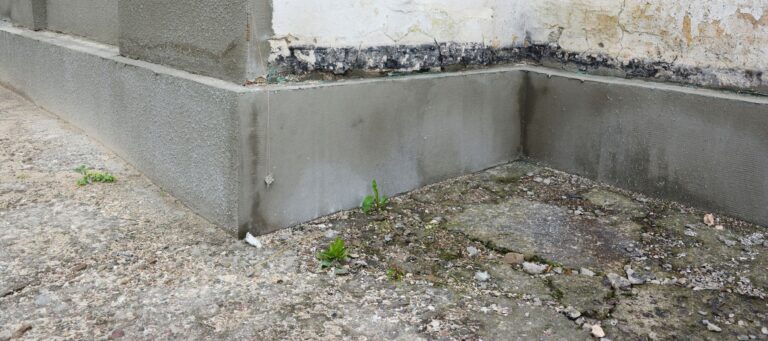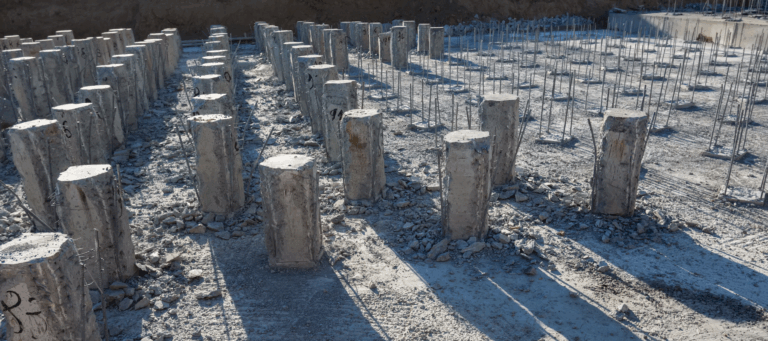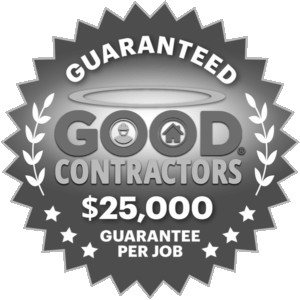G.L. Hunt Shares How To Check A House Foundation In Texas
A strong foundation is essential for your home’s stability. Identifying potential issues before they transpire can save you from expensive repairs down the road. While G.L. Hunt Foundation Repair can assist with professional foundation inspections, it’s also beneficial to monitor your property to identify potential issues before they worsen.
Below is a foundation inspection checklist to help you identify problems with your property’s understructure.
1. Look For Cracks In The Walls and Floors
What to look for: Inspect walls and floors for cracks that may have appeared over time. Vertical cracks are common, but horizontal cracks or large gaps can be a cause for concern.
Why it matters: Larger cracks, especially those wider than 1/8 inch, may signal that the foundation is settling or shifting.
2. Test Doors And Windows For Proper Functionality
What to look for: Test the doors and windows in your home to see if they are sticking or not closing properly.
Why it matters: If doors and windows are hard to open or close, it could mean that the foundation has shifted and affected the door frames.
3. Check For Uneven Floors
What to look for: Walk through your home and check for uneven or sloping floors.
Why it matters: Floors that slope or feel uneven could indicate the foundation has settled or moved. This shift can be a sign of potential structural issues.
4. Examine Cracks In The Foundation
What to look for: Inspect the foundation for visible cracks, especially in the concrete or brick.
Why it matters: Cracks in the exterior foundation may indicate structural movement, especially if they are large or expanding.
5. Check For Gaps Around Doors And Windows
What to look for: Look for gaps around doors and windows, especially on the exterior of the house.
Why it matters: Gaps can form when the foundation shifts. The movement often pulls the framing away from the rest of the house.
6. Inspect The Chimney For Leaning
What to look for: Check if the chimney is leaning or looks like it’s pulling away from the house.
Why it matters: A leaning chimney is often a sign of structural issues and should be addressed as soon as possible.
What To Do After Completing Your Foundation Inspection Checklist
If you notice any issues on your DIY foundation inspection checklist, it’s crucial to act promptly. Teaming up with a trusted foundation repair company like G.L. Hunt can prevent further damage before it occurs.

Call A Professional For A Detailed Inspection
If you find cracks, uneven floors or any other red flags, it’s important to call a foundation repair professional from our team to get a more thorough inspection. G.L. Hunt can evaluate the extent of the issue and determine if structural repairs are necessary.
Schedule Foundation Repairs If Needed
If one of our professionals confirms foundation damage, it’s critical to schedule repairs as soon as possible. Early repairs can prevent larger, more expensive issues from developing over time.
Foundation Inspections Are Key To Home Stability
Regular foundation inspections are essential to maintaining a safe and stable home. Using this foundation inspection checklist will help you spot the early signs of trouble before they become expensive repairs. If you notice any of the issues mentioned, it’s best to call a professional to assess your property’s structural health.
At G.L. Hunt Foundation Repair, we specialize in foundation inspections and comprehensive repairs. Our team of experts will ensure your home stays safe and secure. Don’t wait for a small issue to become a big problem — schedule an inspection today!









